|
|
|
Your weekly dose of evidence
|
|
If you’ve been watching Marie Kondo’s Netflix show, Tidying Up, you’ve probably spent some of your summer holidays sorting through your stuff and working out what “sparks joy” and what doesn’t.
It’s time consuming but worth it. As Libby Sander explains, clutter can affect our anxiety levels, sleep, memory and ability to focus. That’s because our brains like order, and constant visual reminders of disorganisation drain our cognitive resources.
The KonMari method isn’t for everyone, though. Some people have a strong emotional reaction to most of their possessions, so the “spark joy” test won’t be helpful. Thanking items we want to get rid of might also be a problem, write Melissa Norberg and Jessica Grisham, as anthropomorphising inanimate objects can increase their sentimental value and perceived utility.
So what do you do with all the things you want to get rid of? Jenni Downes has some tips, but notes we need to work on buying less in the first place.
|
Fron Jackson-Webb
Deputy Editor/Senior Health + Medicine Editor
|

|
|
|
|

Disorganisation and clutter have a cumulative effect on our brains, which like order.
Artem Bali
Libby Sander, Bond University
Clutter can make us feel stressed, anxious and depressed. It can also impact our ability to process information and connect with people. Here's why.
|

Some people have an emotional reaction to many of their possessions, making it a challenge to get rid of anything.
Shutterstock
Melissa Norberg, Macquarie University; Jessica Grisham, UNSW
While the KonMari method will help many people declutter their houses and reassess what they really need, for people with clinical hoarding disorder the process is much more complicated.
|

Vinnies is not a dumping ground for your rubbish.
Jeremy Brooks/Flickr
Jenni Downes, University of Technology Sydney
Dumping your closet debris on a charity shop just means giving volunteers the cost of sorting out your landfill.
|
Back to work and school
|
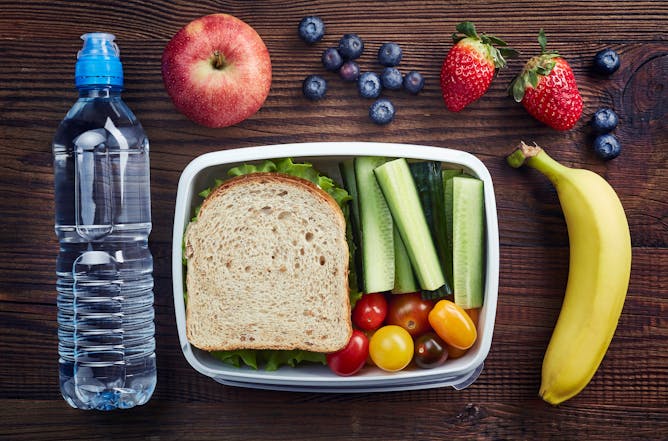
Bringing your lunch and snacks to work could save you $600 to $1,800 a year.
Shutterstock
Clare Collins, University of Newcastle
Are you a meticulous lunch planner, or do you decide what's for lunch after those first pangs of hunger strike after midday? If you're in the second camp, it might be time to change.
|
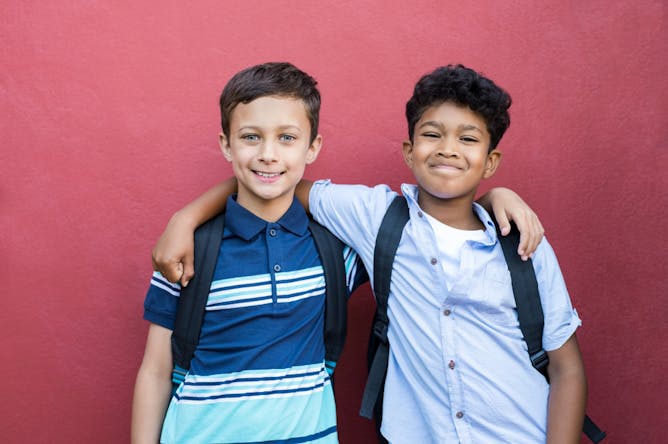
Good friendships translate to higher achievement at school.
www.shutterstock.com
Dr Natasha Wardman, Australian Catholic University
Making good friends in primary school is not always an easy task. Here's how teachers and parents can help.
|
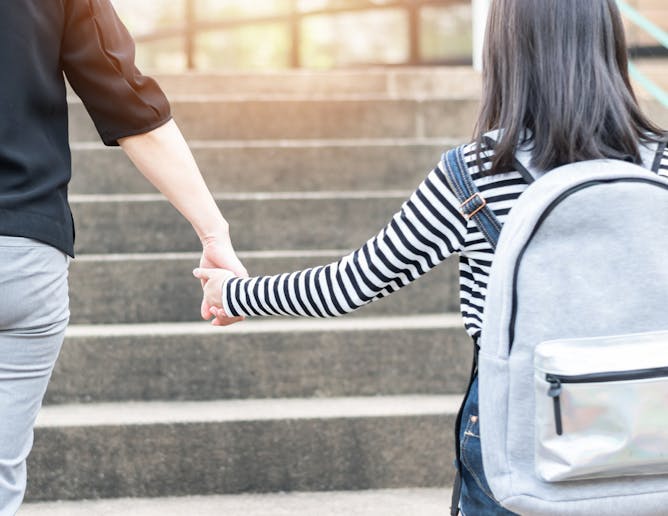
Parents may need to play the advocate for their child, especially if their child has a disability which affects their ability to communicate.
www.shutterstock.com
David Roy, University of Newcastle; David Armstrong, RMIT University
It's important for the child and their achievement at school that there is a good parent-teacher-student partnership.
|
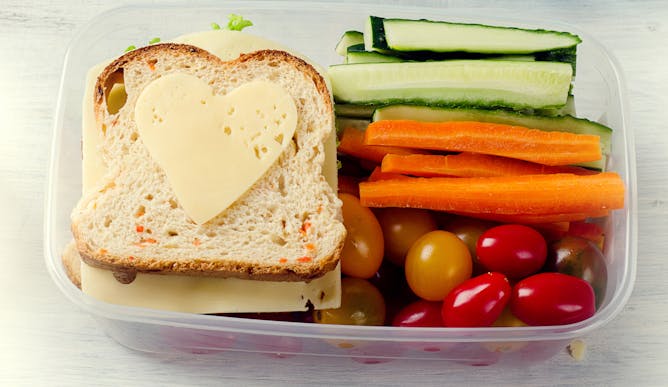
Keep it cool.
Shutterstock/bitt24
Vincent Ho, Western Sydney University
The good news is that the bacteria that cause food to spoil are quite different to the bacteria that typically cause food poisoning, and generally don't make you sick.
|
Expert answers to serious, weird and wacky questions
|
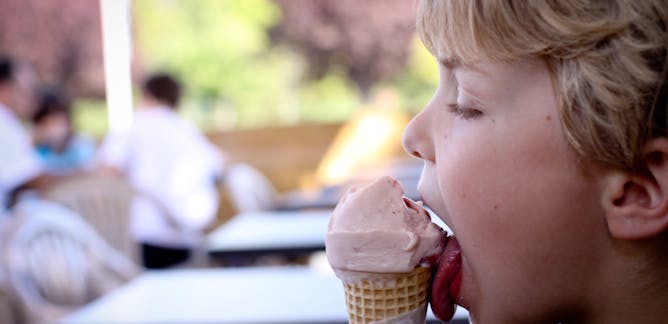
Paulomi (Polly) Burey, University of Southern Queensland; Ursula Kennedy, University of Southern Queensland
Your tongue, saliva and nose work together to help you taste your food.
| |
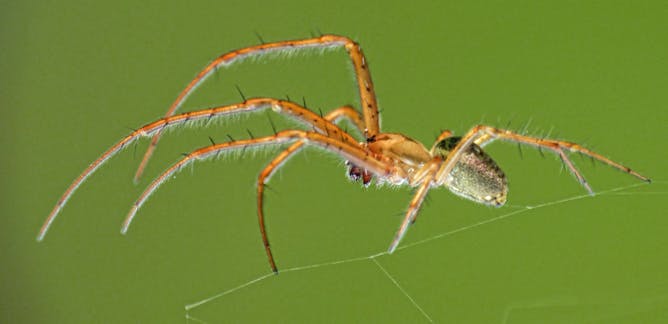
Jonas Wolff, Macquarie University
Believe it or not, I have studied the hairy legs of spiders for years and can give you some definitive answers on this.
|

Emma Kathryn White, University of Melbourne
While making small volumes of pure water in a lab is possible, it’s not practical. The reaction is expensive, releases lots of energy, and can cause really massive explosions.
| |
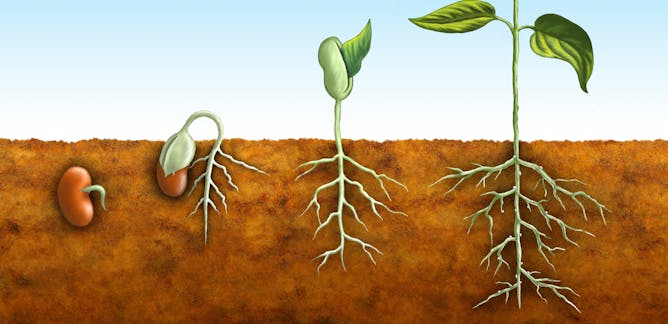
Marjorie Lundgren, Lancaster University
This is the story of how seeds came together bit-by-bit over a really long time, as plants evolved.
|
|
|
|
|
| |
Featured jobs
|

|
University of Melbourne — Melbourne, Victoria
|

|
University of Western Australia — Perth, Western Australia
|

|
Griffith University — Bundall, Queensland
|

|
La Trobe University — Melbourne, Victoria
|
|
|
|
| |
| |
| |

|
| |
| |
| |
Featured events
|

|
31 Constitution Ave, Canberra ACT , Canberra, Australian Capital Territory, 2601, Australia — Universities Australia
|

|
AGSE Lecture Theatre 202, 50 Wakefield Stree, Hawthorn, Victoria, 3122, Australia — Swinburne University of Technology
|

|
Parkes Pl W, Canberra, Australian Capital Territory, 2600, Australia — National Library of Australia
|

|
Seminar Space Level 4, Lowy Research Centre, Gate 9 High St, UNSW Sydney, New South Wales, 2052, Australia — UNSW
|
|
|
|
| |
| |
| |
| |
| |
|
|
|
|
|
|
|